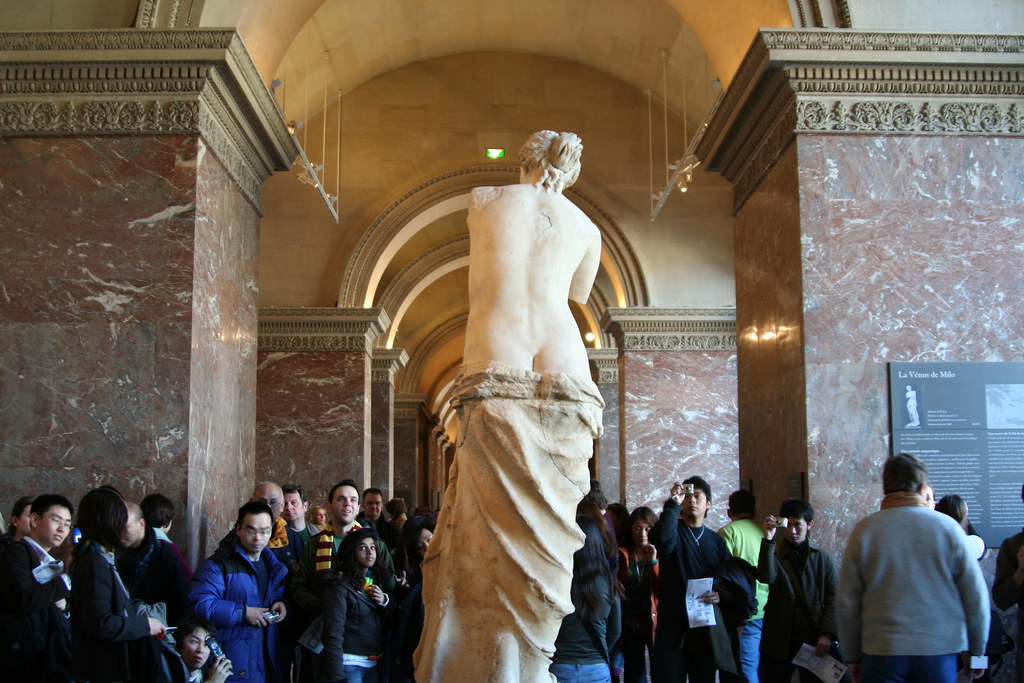What is theVenus de Milo?
Even so, art historians have two strong theories.
While it was unearthed in pieces, it was able to be reassembled.

Photo:Nan Palmero(CC BY 2.0)
It was given to Louis XVIII, who donated it to the Louvre in 1821.
While the museum initially intended to restore the statue, no one could decide how to position its arms.
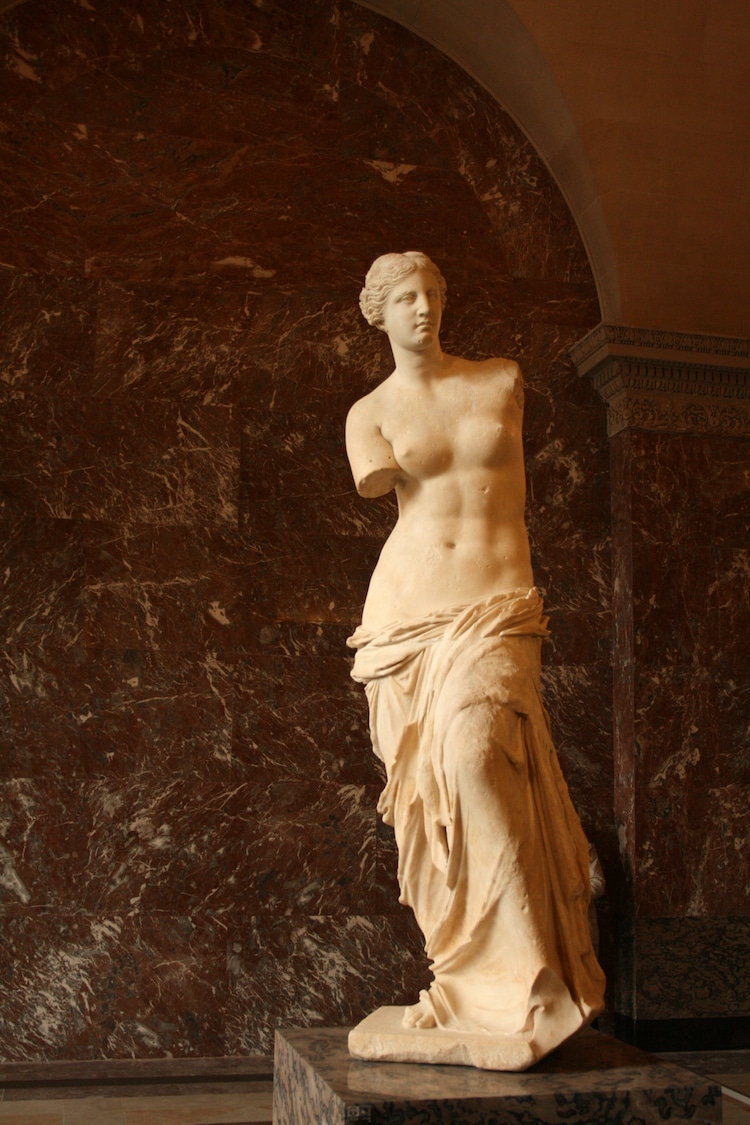
Photo:Diego DelsoviaWikimedia Commons, (CC BY 2.0)
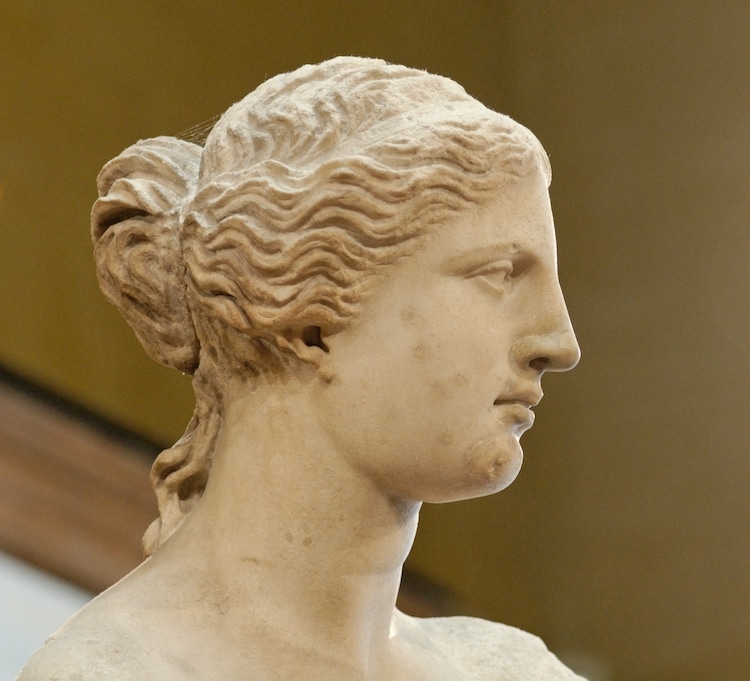
Photo:JastrowviaWikimedia Commons(Public domain)

Photo:JastrowviaWikimedia Commons(Public domain)
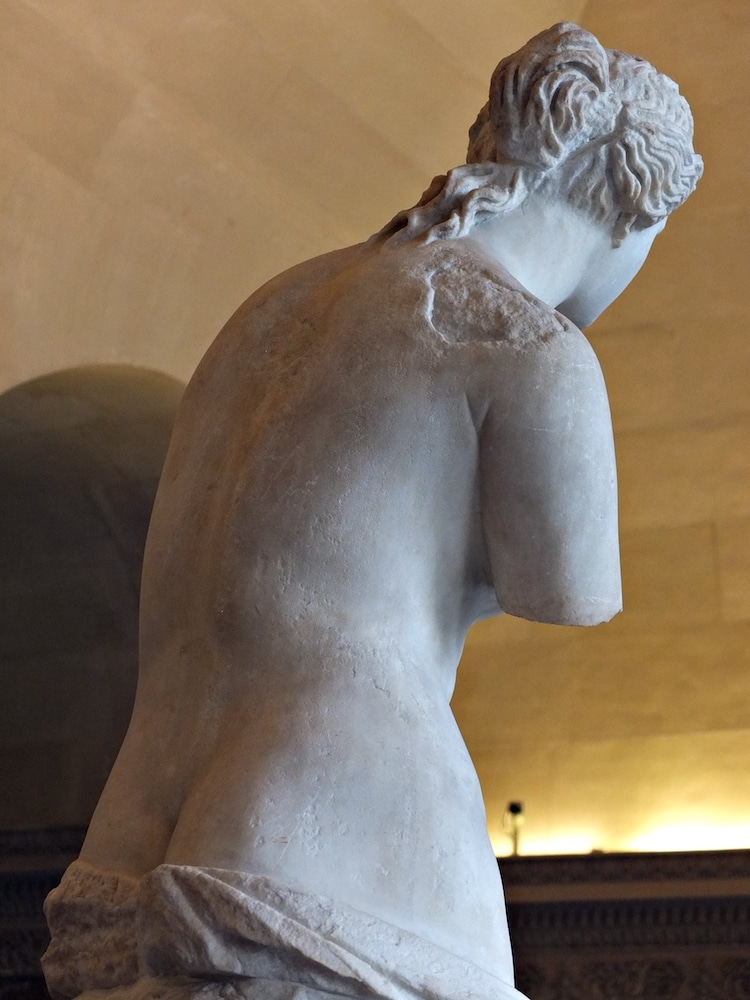
Photo:Heeyon KimviaWikimedia Commons(CC BY 2.0)
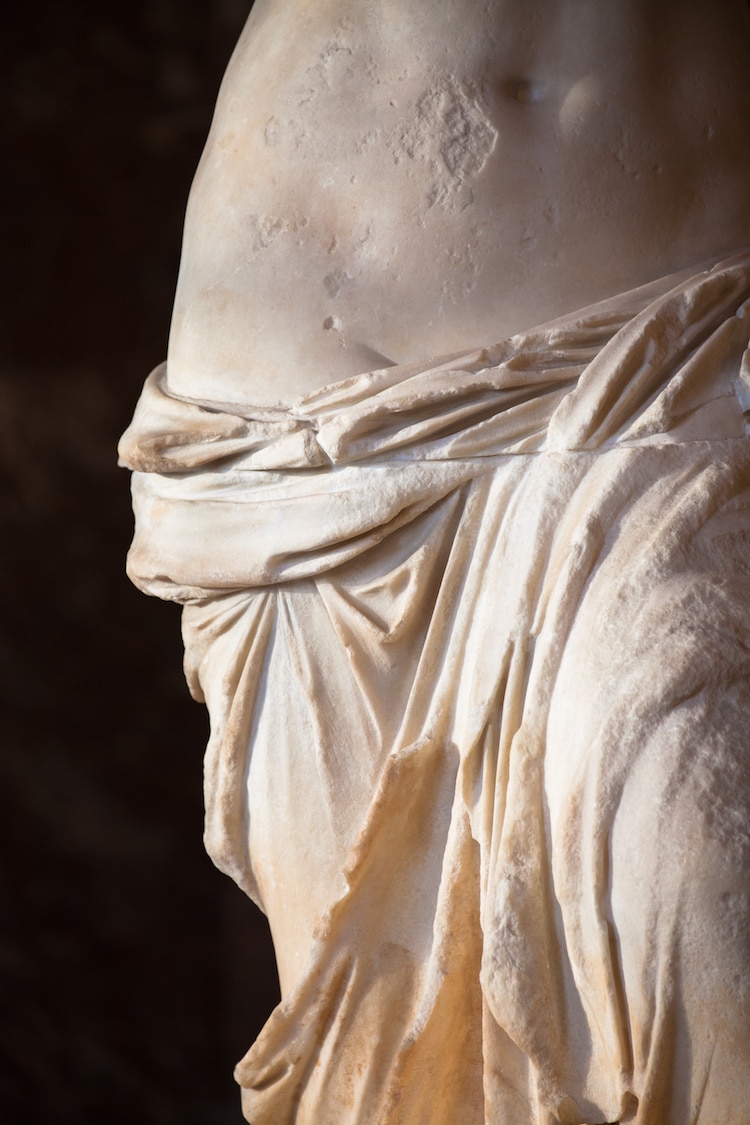
Photo:Bradley WeberviaWikimedia Commons(CC BY 2.0)
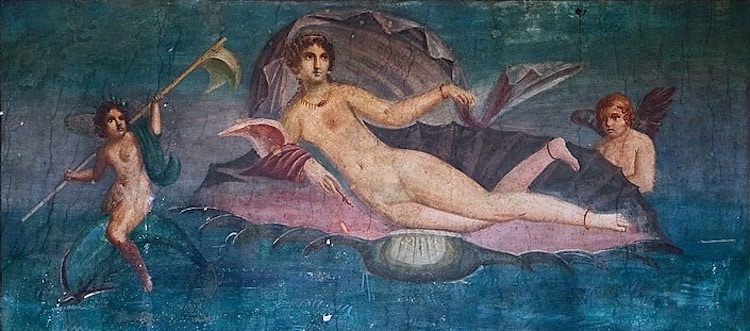
“Aphrodite Anadyomene,” before 79 CE (Photo:Stephen HaynesviaWikimedia Commons, Public domain)
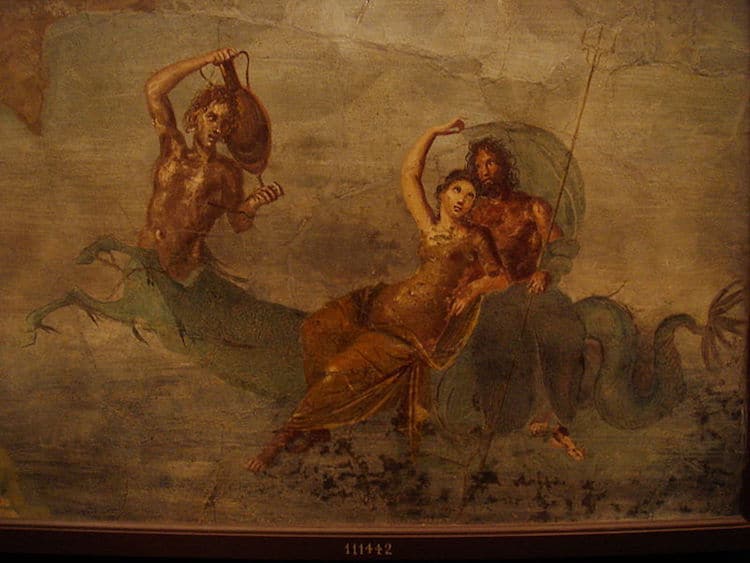
“Poseidon and Amphitrite,” 50 – 79 CE (Photo:Stefano BologniniviaWikimedia Commons, Public domain)

Photo: Kurzon viaWikimedia Commons(CC BY-SA 4.0)
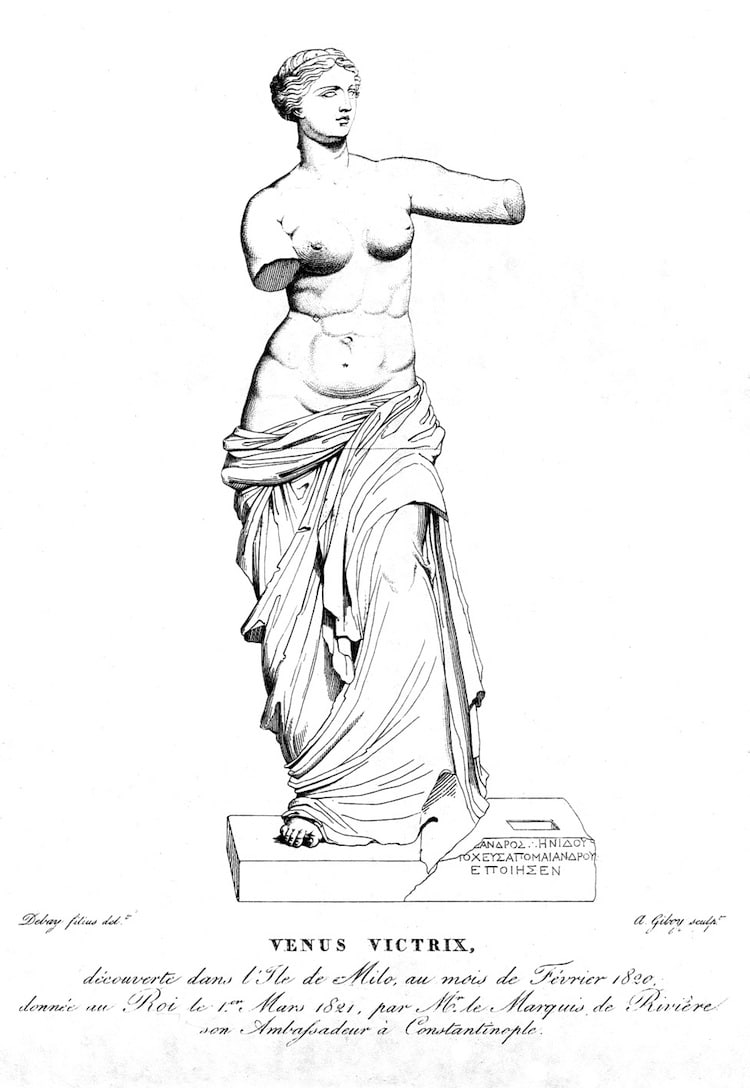
Photo:Wikimedia Commons(Public domain)
